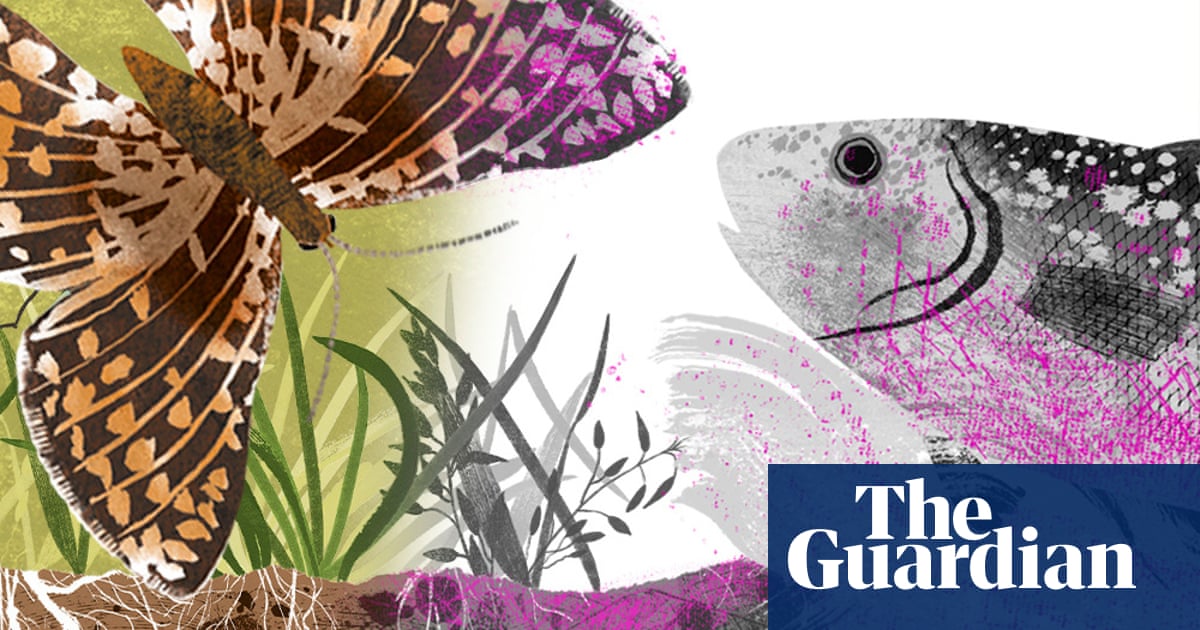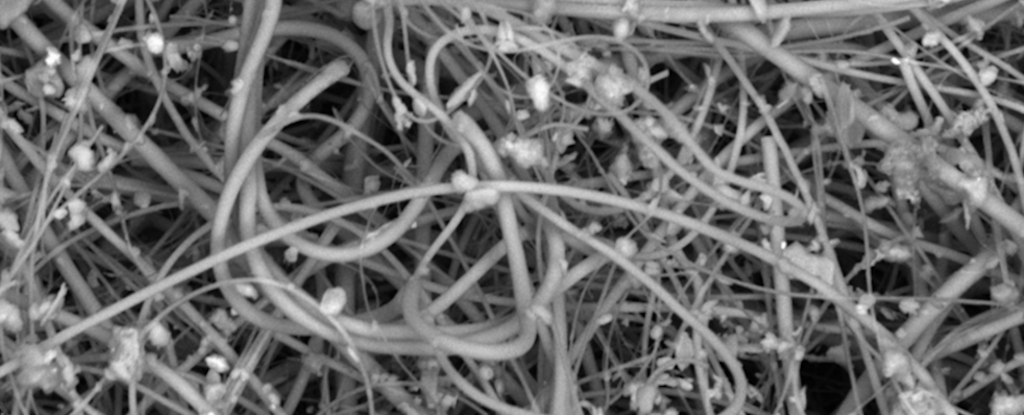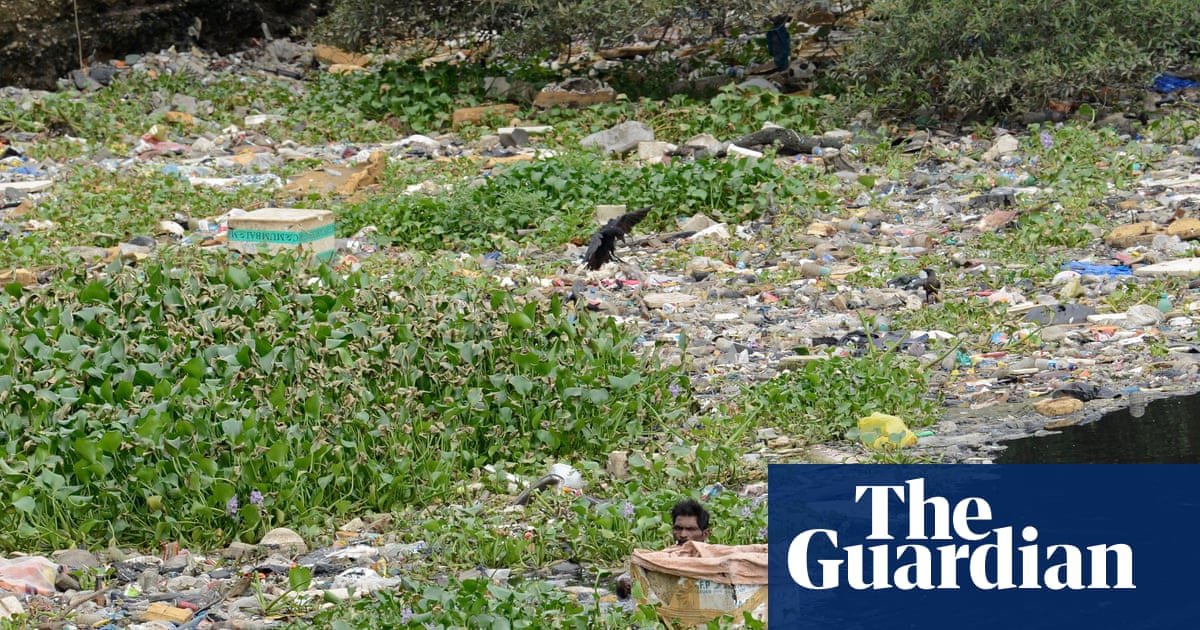T4K3.news
Microplastics found in ecosystems and human bodies
Microplastics are detected in wildlife and human tissues, prompting health concerns.

Microplastics are increasingly found throughout nature and even in human bodies, raising health concerns.
Microplastics infiltrate ecosystems and the human body
A single polyester thread can lead to widespread environmental pollution. Each time clothes are washed, millions of tiny plastic fibers are released, often ending up in wastewater. Wastewater treatment plants spread sewage sludge, containing microplastics, onto fields as fertilizer. These fibers enter the soil ecosystem, impacting earthworms and other wildlife, which can ingest plastics without digesting them properly. Consequently, microplastics travel up the food chain, infiltrating birds, mammals, and ultimately humans, who consume thousands of these particles yearly from food and water. This pervasive problem contributes to environmental degradation and raises serious health concerns as traces of plastics have been found in various human tissues.
Key Takeaways
"Microplastics are now ubiquitous at every level of the food web."
Prof Fiona Mathews highlights the widespread presence of microplastics in ecosystems.
"If you do make this level of waste, there needs to be some form of penalisation."
Emily Thrift advocates for accountability among corporations for plastic pollution.
The journey of microplastics highlights the urgent need for systemic change in how society handles plastic waste. While individuals can make efforts to reduce plastic use, the primary responsibility lies with corporations and policymakers. The overwhelming presence of plastics in ecosystems indicates a failure to address the root issues of plastic production and waste management. A call for accountability among manufacturers could encourage significant shifts towards sustainable practices. It is particularly alarming that microplastics have not only contaminated the environment but have also infiltrated human bodies, prompting questions about long-term health effects that remain largely unknown.
Highlights
- Microplastics turn soil into a reservoir of pollution.
- Our actions today leave microplastic markers for future generations.
- The journey of plastic ends in our bodies, not in landfills.
- Corporations must be held responsible for plastic waste.
Environmental and Health Risks from Microplastics
Microplastics pose serious health concerns and threaten ecosystems by contaminating food sources. As they enter human bodies, the long-term effects remain largely unknown, raising alarm among health experts.
Addressing this issue requires collective effort from consumers, industries, and governments.
Enjoyed this? Let your friends know!
Related News

27 million tons of nanoplastics found in North Atlantic

Microplastics found in human blood raise health concerns

Stingray conservation efforts urgently needed

Study Discloses Shocking Daily Microplastic Inhalation

Health impacts from plastics exceed $1.5 trillion annually

Microplastics detected in human brains

Microplastics found in some of Earth's most remote areas

Revealing unethical medical experiments
